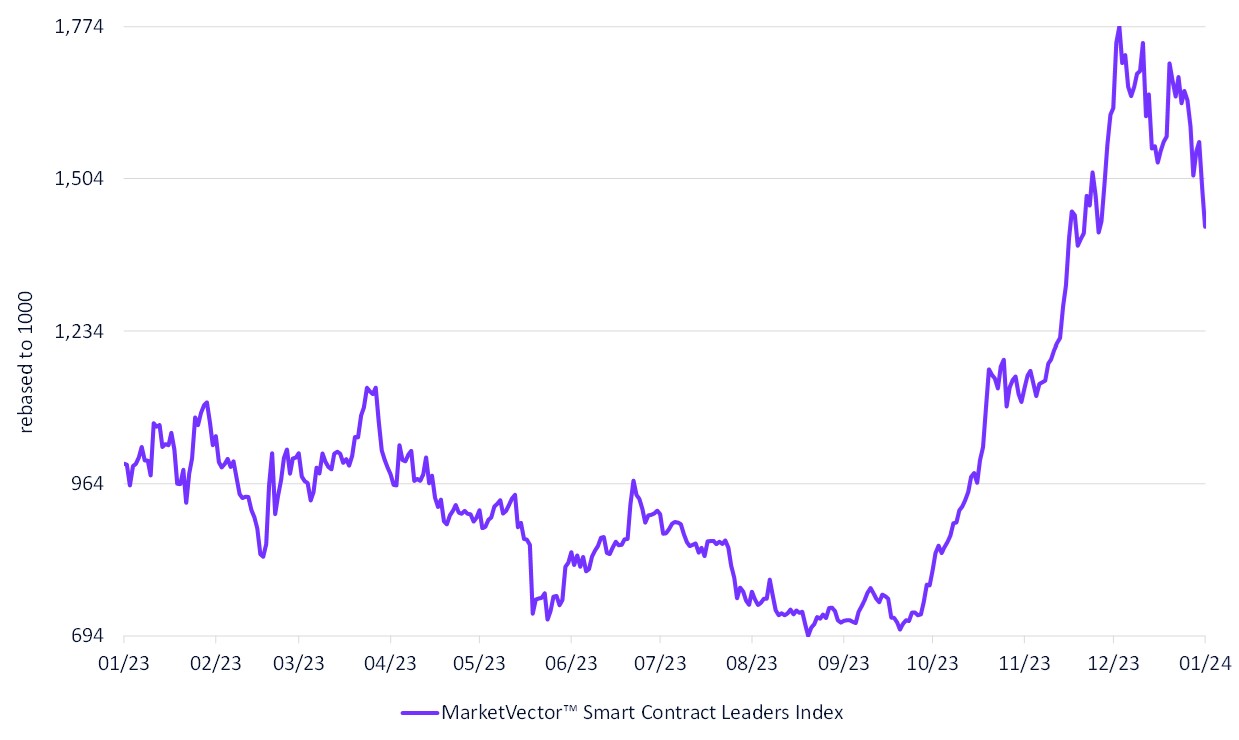Deciphering Blockchain Layers: Layer 1 and Layer 2
To fully appreciate the evolving dynamics of blockchain technology, understanding the distinction between Layer 1 and Layer 2 is essential. Layer 1 is the core of a blockchain network, exemplified by Bitcoin, Ethereum, Solana, and Avalanche. This foundational layer handles critical functions like block creation, network security, and decentralization. Layer 2, in contrast, operates atop Layer 1, aiming to enhance transaction speed and efficiency. It manages transactions off the main chain, with solutions like the Lightning Network for Bitcoin or rollups for Ethereum, and then consolidates the results back to Layer 1.
The Transformative Potential of Alternative Layer Ones
The realm of blockchain is marked by continuous evolution, with alternative layer ones emerging as noteworthy contenders. These platforms challenge traditional perspectives that prioritize immediate profitability in block space, offering a different approach to value creation and growth.
Adaptability of Alternative Layer Ones
Alternative layer ones, such as Solana and Avalanche, stand out for their adaptability. They possess the unique ability to transition into layer twos, augmenting their role within the blockchain ecosystem. This transition is more than a theoretical possibility, as evidenced by initiatives like the Canto Network shifting to use Ethereum for settlement. This versatility endows these platforms with a strategic advantage, allowing them to pivot in response to the market's demands.
Strategy and Growth in the Blockchain Sector
Platforms like Solana may adopt a strategy focused on growth and user acquisition, mirroring the early approaches of companies like Amazon. By prioritizing expansion over short-term profitability, they aim to solidify their market position and user base. This approach is not exclusive to any single platform but is a potential path for various alternative layer ones.
The Role of Ethereum and Market Competition
While Ethereum's high-fee, strong fundamental model positions it prominently in the blockchain space, alternative layer ones remain competitive. These platforms have the potential to challenge Ethereum's dominance by either vying as settlement chains or attempting to rival Ethereum in monetary terms.
The MarketVectorTM SmartContract Leaders Index: A Neutral Perspective
In the unpredictable and dynamic blockchain landscape, the MarketVectorTM SmartContract Leaders Index offers a unique approach to understanding market trends. This index serves as a barometer for the performance of leading smart contract platforms. Regular rebalancing ensures it reflects the latest market developments, providing insights into the smart contract market. Understanding its methodology and results can inform investment strategies in the blockchain sector.
Conclusion: Navigating the Future of Blockchain Technology
The exploration of alternative layer ones uncovers a multi-faceted and evolving blockchain universe. These platforms demonstrate a capacity for adaptation and strategic growth, potentially reshaping the blockchain landscape. As this sector continues to advance, monitoring these developments could offer valuable perspectives on the future directions of blockchain technology.
MarketVectorTM Smart Contract Leaders Index
23/1/2023-23/1/2024

Source: MarketVector. Data as of January 23, 2024.
Get the latest news & insights from MarketVector
Get the newsletterRelated:




